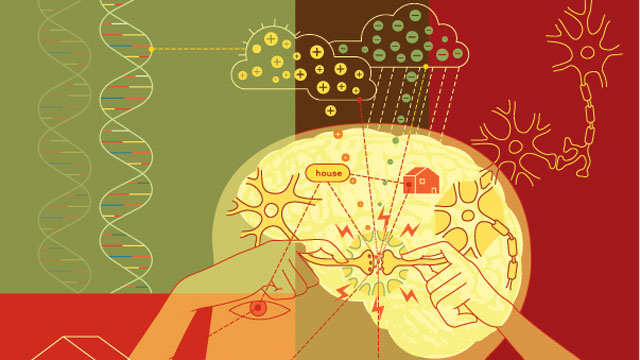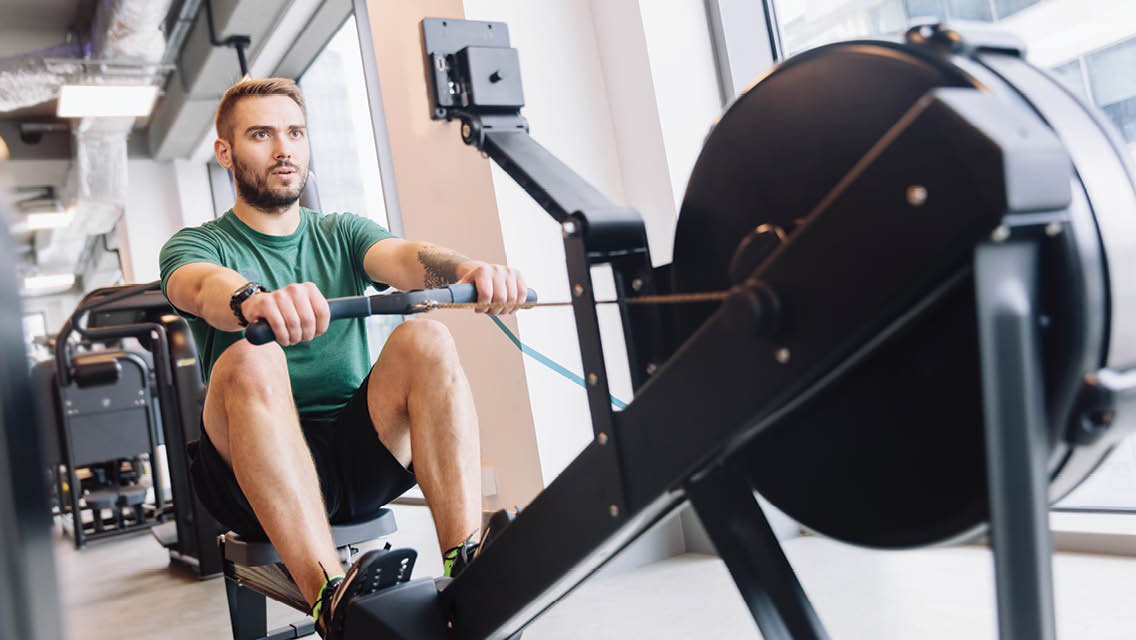The cause and treatment of dementia have so flummoxed scientists for so long that we’re now even hearing scattered applause for practices that one might charitably call unconventional. The latest “breakthrough” technique involves zapping the brain with a weak electrical current to encourage its disparate sectors to speak more clearly to each other. If this conjures images of Victor Frankenstein modulating the voltage coursing through the brain of his nascent creature, you’re not alone. Desperate times, it seems, call for desperate measures.
The gambit in question is something called transcranial alternating current stimulation (tACS), and the ripple it’s created in the turbid stream of dementia-related research comes as a result of a small study published last week in the journal Nature Neuroscience. The results suggest that 20 minutes of low-voltage brain zapping for four consecutive days may reverse declines in both short- and long-term memory. The salutary effects, lead study author Robert Reinhart, PhD, tells STAT News, lingered even after researchers pulled the plug — and they remained a month later.
“That bodes well for transferring this intervention over to a proper clinical study with people with Alzheimer’s disease who are suffering from more severe memory impairments,” says Reinhart, a Boston University psychology researcher.
For all its steampunk allusions, Reinhart’s study actually builds on earlier research describing how neuronal networks collaborate to support memory function. That collaborative process breaks down as we move beyond middle age, short-circuiting both short- and long-term memory. He’s out to prove that precise electrical stimulation of various brain sectors can synchronize the message-delivery system and improve our recall.
Recruiting 120 adults between the ages of 65 and 88, Reinhart and his team established a baseline for each of the participants by reading them a list of 20 words in 20 seconds before asking them to repeat the list. They repeated the exercise five times with five different lists. The seniors then each donned a kind of swimming cap festooned with dozens of electrodes and broke into three groups. While performing the same memory test, the control group received no electrical stimulation, the second batch was zapped with a high-frequency (60 Hz) current targeting the prefrontal cortex, and the remaining participants got a low-frequency (4 Hz) charge focused on the rear sectors of the brain.
Those receiving the lower frequency stimulation improved in their ability to remember the words from the end of the list, displaying better short-term memory; the high-frequency group were better able to recall words from the beginning of the list, a sign of improved long-term memory. The two groups remembered four to six more words than the control group, a 50 to 60 percent improvement.
A month later, the participants returned to retake the original test without electrical stimulation, and a similar pattern emerged: Those who had been zapped earlier were able to recall three to four more words than the placebo group.
In a research sector generally unaccustomed to good news, it’s not surprising, I suppose, that Reinhart’s small project would attract some attention. “This is a really elegantly designed study,” gushed University of Bern brain scientist Katharina Klink, PhD. “These are such small currents that are being used, so to see effects on memory function after one month of not having any stimulation done to the brain, that’s quite impressive.”
Though Reinhart says he can imagine a time when people will routinely use electrical brain stimulation to gain “any kind of cutting-edge advantage,” he admits much more research is needed before tACS hits the mainstream. It’ll be awhile, in other words, before we’ll find a collection of his electrode-studded, memory-boosting swimming caps on the shelves at our local pharmacy.
If you live in Berlin, however, you can schedule a session at a psychiatric clinic offering transcranial pulse stimulation (TPS). You sit quietly in a chair while your practitioner slides a hand-held device called a Neurolith across your head, sending a high-frequency sound wave into your brain for 20 minutes. The process, its advocates argue, regenerates brain cells and slows — or even stops — the effects of dementia.
It’s not cheap, though: We’re talking $3,000 to $6,000 for a full treatment, and your health insurance isn’t going to help you out.
Still, amid mixed anecdotal results and sketchy research, TPS has spread to some 85 clinics in Europe, Asia, and the Middle East. Storz Medical, the Swiss manufacturer of the Neurolith, tells STAT News that more than 1,500 patients in 23 countries have accounted for about 10,000 sessions. The technology has not yet inundated American shores — a single psychiatric clinic in Florida claims to be the only one in the country to own a Neurolith— probably because the FDA has not approved it.
“This technology may turn out to be very effective. It may turn out to be terrific,” says Lehigh University health policy professor Michael Gusmano, PhD, coauthor of Debating Modern Medical Technologies. “But at this stage, I don’t think we have adequate evidence.”
That’s not likely to deter most enterprising researchers hoping to cash in by promoting some semblance of hope for the legions of seniors and their caregivers who are struggling with cognitive dysfunction. Someday, I hope, those ambitions may produce something that truly delivers a future free of dementia. But, while we wait for the next Alzheimer’s “breakthrough,” I would say to my counterparts who may from time to time forget their neighbor’s last name to at least remember one important truism: Everybody’s trying to make a buck.





This Post Has 0 Comments